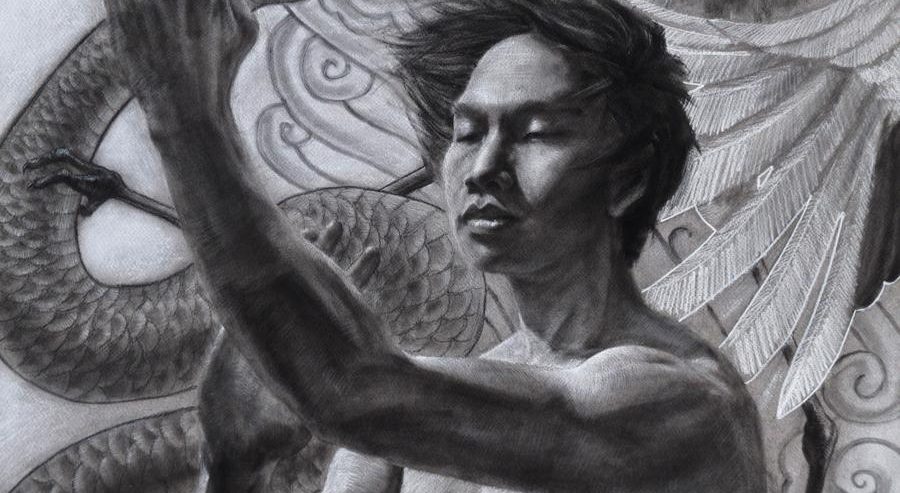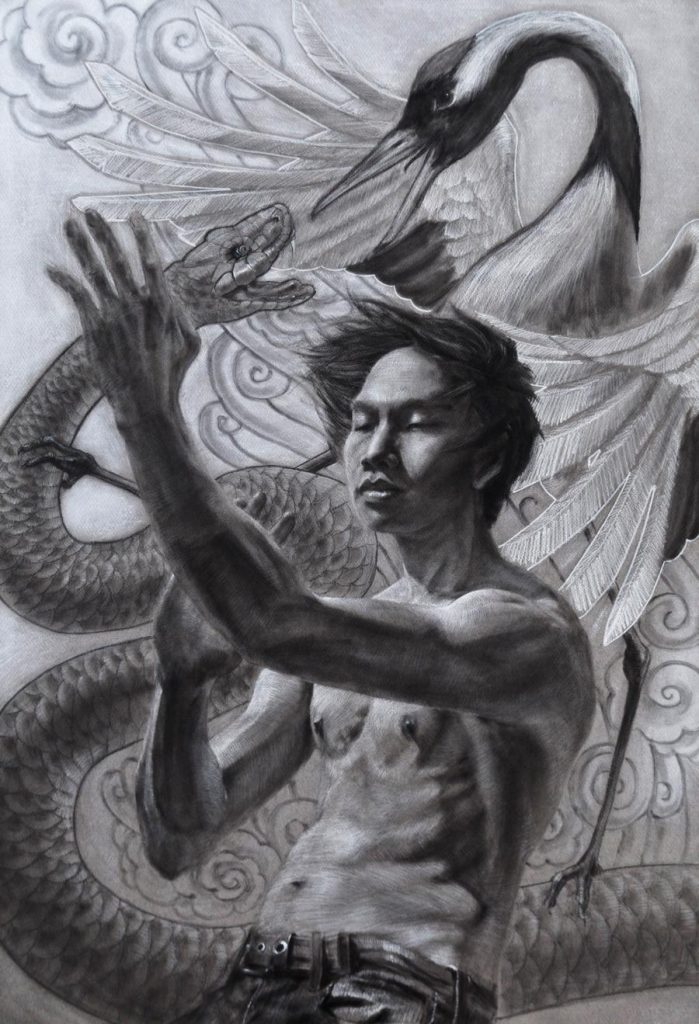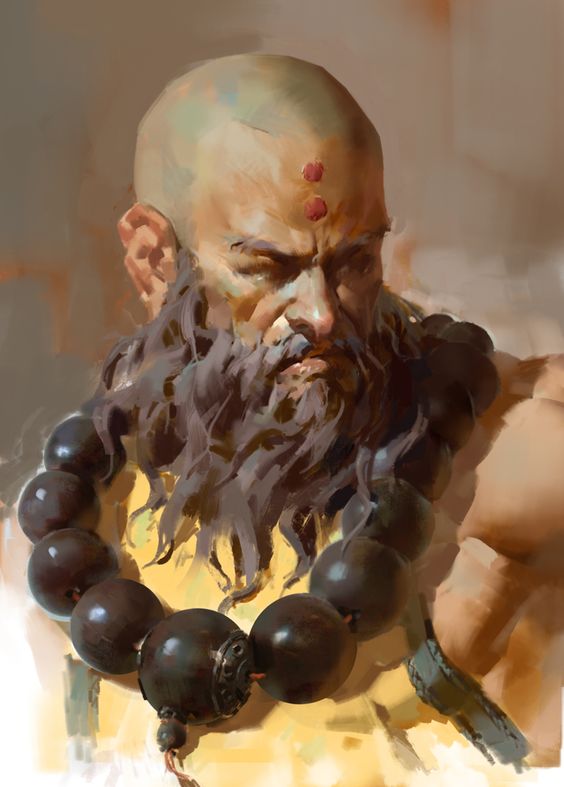SILK REELING: THE POWER OF TAIJIQUAN
SILK REELING: THE POWER OF TAIJIQUAN
SILK REELING: THE POWER OF TAIJIQUAN
As for “styles” it is simply branding that has stuck, because the martial art Taiji Quan did not have a distinct name long ago, and it went by various names in antiquity. Among the many stories as to how it got its name, is that when Yang Lu Chan was demonstrating his combat system in the imperial court, a scholar by the name of Ong Tong-He later wrote, “Hands holding Taiji shakes the whole world, a chest containing ultimate skill defeats a gathering of heroes ”
The most important part of the story is that he noticed that Yang Lu Chan was applying the principle of Taiji (yin-yang) in his movements. Taiji theory is central to Taiji Quan and is found in most traditional Chinese Martial Arts. However, it is the underlying principle of Taiji Quan.
SILK REELING: THE POWER OF TAIJIQUAN
One of the ways that are shown and demonstrated is in spirals generated when one sinks in Taiji Quan. On the post about the Yang Cheng Fu’s 10 essences, this is described- “10. Stillness in motion and motion in stillness.
Now the stillness is the mind or intent that is releasing the tension held by the sinews, ligaments and tendons and aimed below onto the ground or earth i.e. connecting with the earth or ground. You may have random thoughts while doing the form but keeping it (the intent/mind) down is the stillness. The stillness is the sinking and the motion is the reactionary force mentioned above, that spirals up, as the tension from above spirals down (the sinking). Both stillness and motion generate each other. The mind is still because it’s only sinking down and not focused on the arm or the leg etc as this is how the tension builds ups.
And with regards to the generated motion that drives up, it released again with stillness (sinking). Thus, stillness in motion.” –Read more…
The spiralling is known as silk reeling or drawing/pulling silk. Two spirals coordinating and moving in opposite directions, this is one of the examples of taiji (or yin-yang) interacting.
SUBSCRIBE AND STAY UPDATED
Get all our posts, blogs and video content via e-mail.
We promise. No spam.
Online Members
No online members at the moment






Comments
Leave a Comment